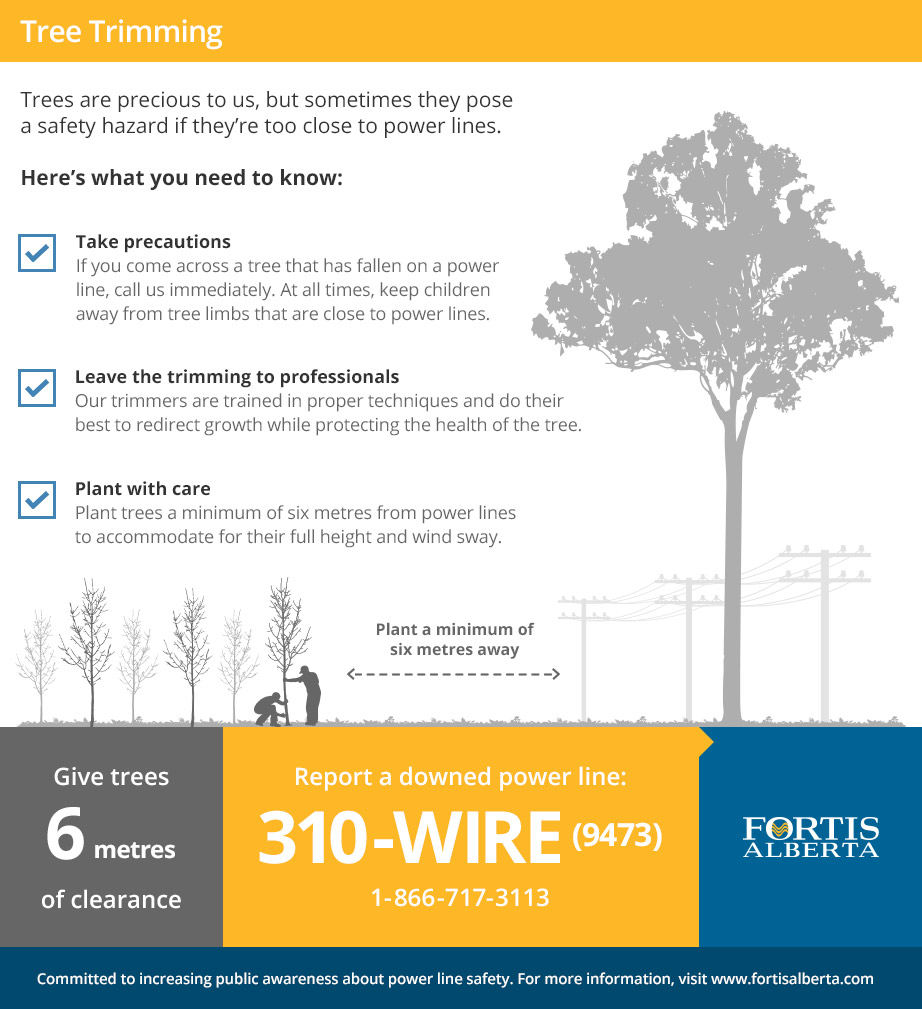The Future Of Trees: Just How To Determine When Elimination Is Required
The Future Of Trees: Just How To Determine When Elimination Is Required
Blog Article
Write-Up Author-Blom Goldman
If you've ever wondered about the fate of the trees on your residential property, understanding when it's time for elimination is critical. But exactly how do you identify if a tree can be conserved or if removal is the only alternative? By seeking certain indicators and examining security dangers, you can make enlightened choices that profit both your landscape and your surroundings. Allow's check out the vital aspects that come into play when choosing the fate of a tree and how you can make sure the very best result for your environment-friendly buddies.
Indications of Tree Decline
If you see any of the complying with signs of tree decrease in your backyard, it may be time to take into consideration tree removal.
One typical sign is dead or worn out branches, which can indicate underlying problems influencing the tree's wellness. Look out for stained or shrivelled fallen leaves that continue despite correct care, as this could be an indicator of illness or pests.
Another warning signal is too much leaning or an obvious change in the tree's base, which might recommend root issues or structural instability. Watch out for fungal development on the trunk or roots, as this can indicate rot and endanger the tree's stability.
Furthermore, if you observe large fractures in the trunk or significant limbs, it's essential to deal with these issues without delay to stop prospective risks. Resolving these indicators of tree decline immediately can aid preserve the safety and security and aesthetic appeals of your backyard environment.
Security Worries
To ensure the health of your property and those around you, prioritizing security problems related to trees is critical. Trees can pose different security threats otherwise appropriately kept. Dead or rotting branches might fall all of a sudden, threatening individuals or damaging structures.
Leaning trees can also be unsafe, particularly if they're leaning towards a structure or power lines. In addition, trees with extensive origin systems near structures or underground energies can create considerable damages gradually.
It's critical to on a regular basis check your trees for any indications of possible threat. Watch out for splits in the trunk, large cavities, or indicators of illness and degeneration. If you notice any one of these problems, it's ideal to talk to a professional arborist to evaluate the scenario and identify the necessary course of action.
Taking mouse click the next web site to attend to security worries without delay can protect against crashes and building damage in the future. Bear in mind, the security of your property and those around you ought to constantly be the top concern when it involves tree maintenance.
Consulting an Arborist
When considering the health and safety of your trees, speaking with an arborist is a critical action. Arborists are educated professionals that specialize in the treatment and maintenance of trees. They can assess the general health and wellness of your trees, recognize any kind of problems such as illness or architectural problems, and give expert referrals on the best course of action.
By consulting an arborist, you can get useful understandings right into the problem of your trees and determine whether elimination is necessary. Arborists have the expertise and experience to examine the risks associated with maintaining a tree versus removing it. They can likewise use advice on alternate options, such as pruning, cabling, or supporting, to aid protect the tree whenever feasible.
Moreover, arborists can aid you navigate any type of neighborhood regulations or permits that may be required for tree elimination. Their proficiency can make certain that the process is accomplished safely and in compliance with any type of applicable regulations.
Final thought
Finally, when establishing whether trees can be saved or if removal is essential, it is necessary to take into consideration signs of decline and safety and security worries. Consulting an arborist for a complete evaluation is necessary in making the best decision for the tree's health and wellness and potential risks. Remember, proactive care and timely action can assist maintain trees and avoid crashes.
